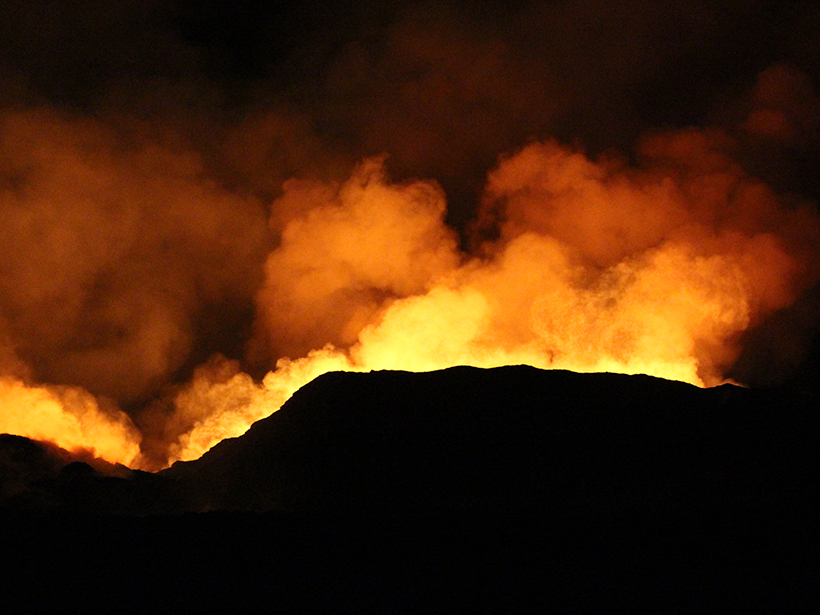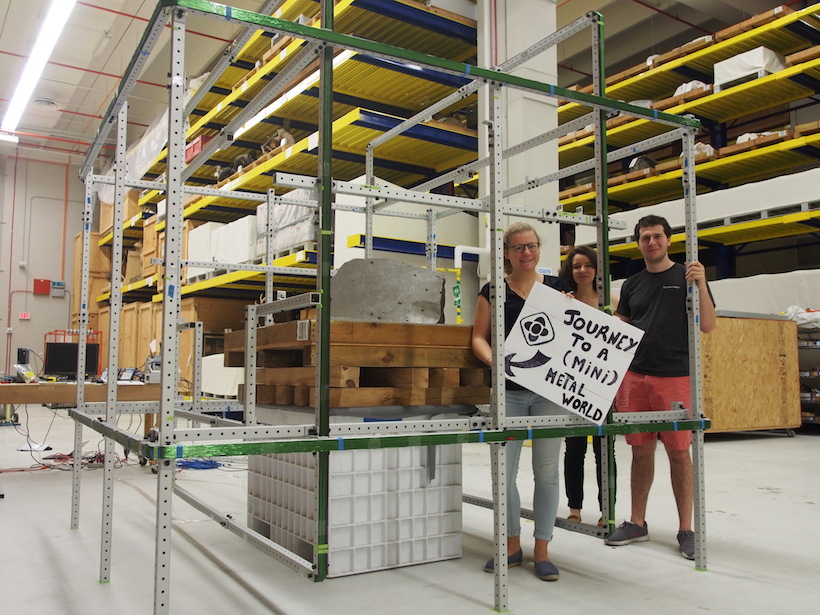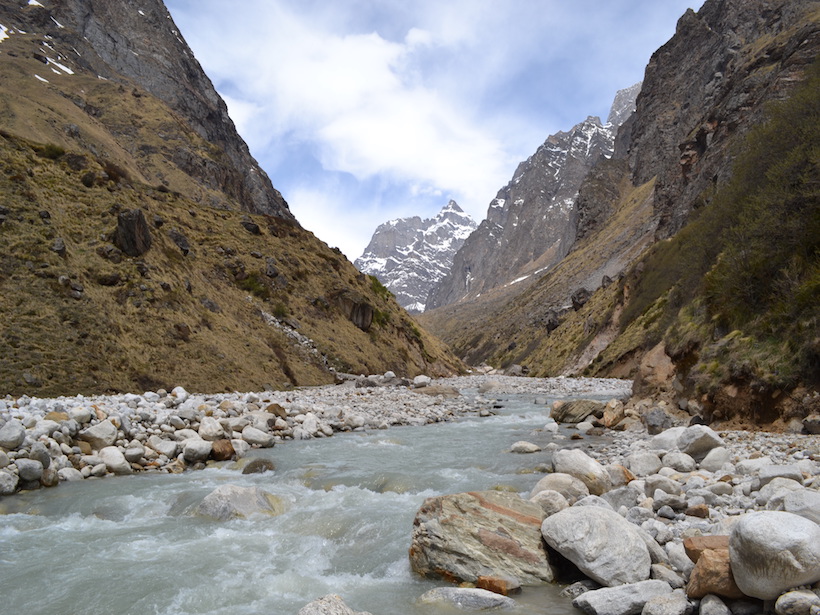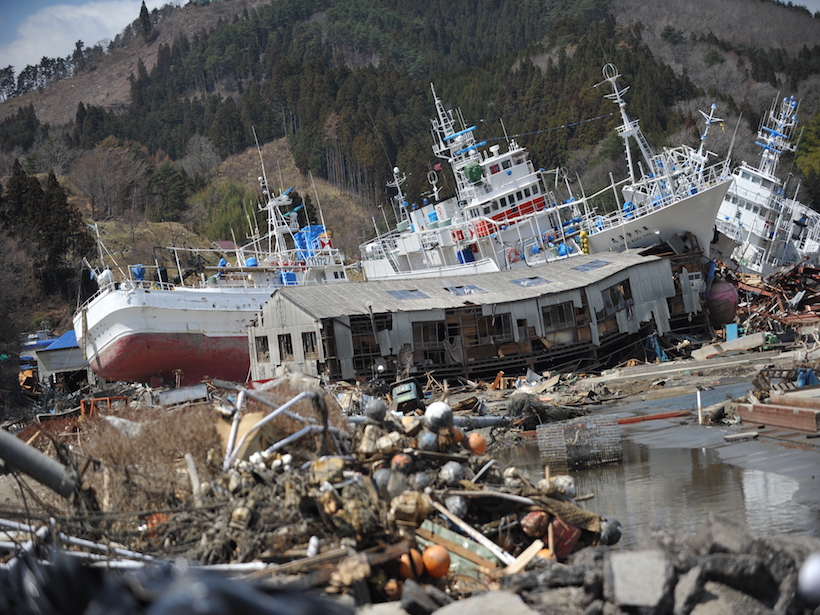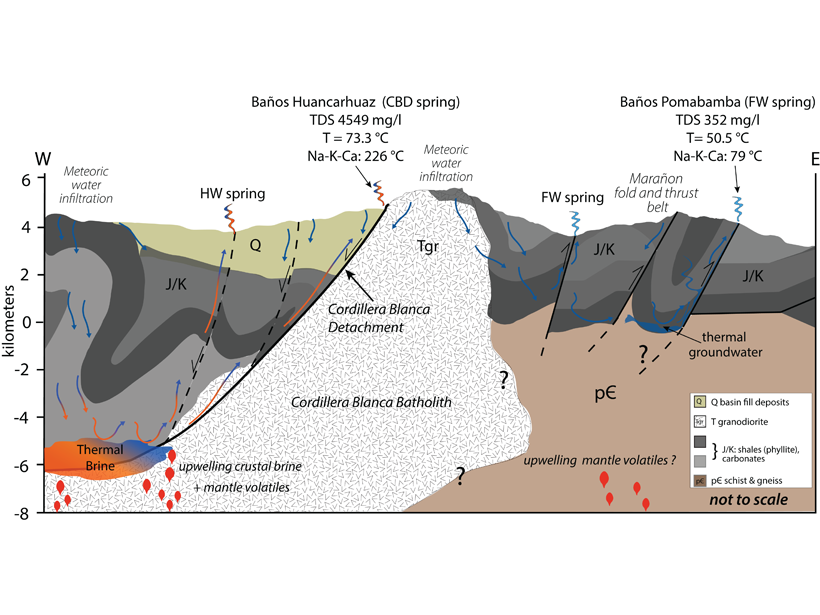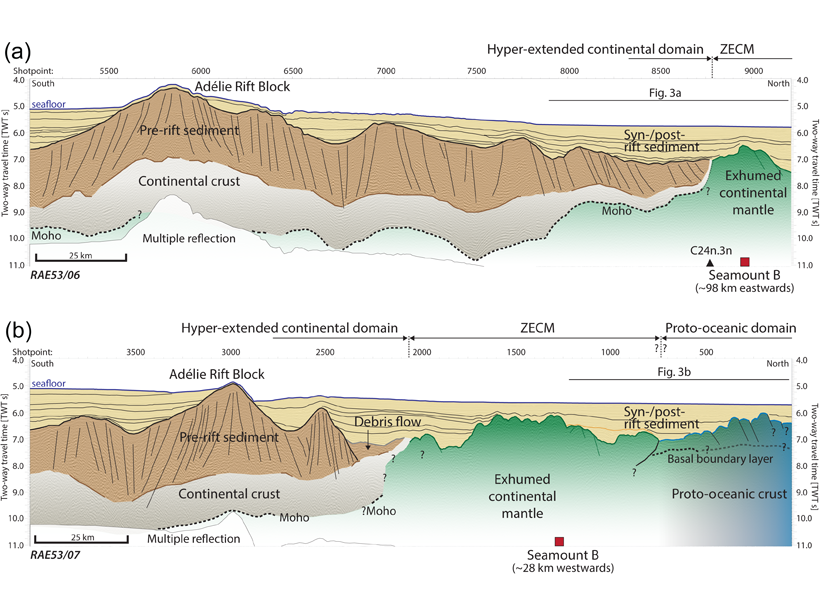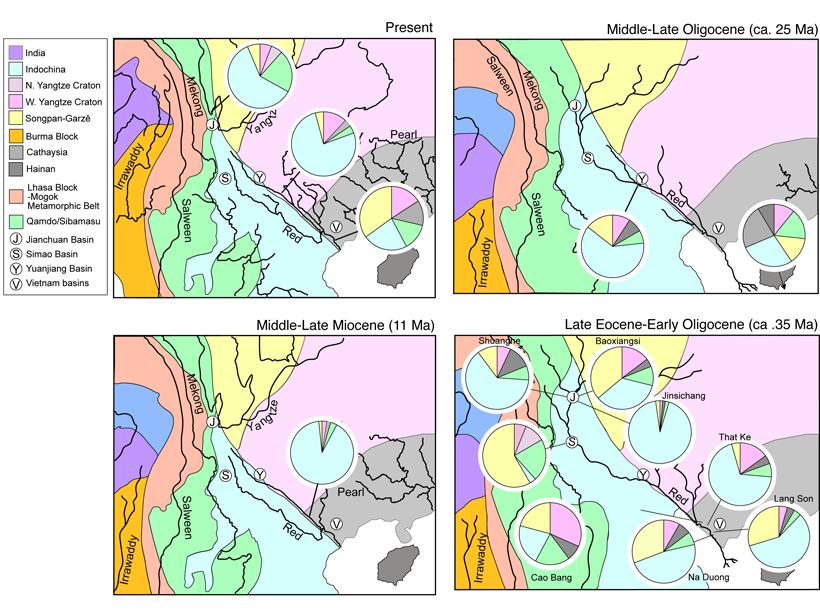One of the world’s best monitored and most active volcanos still has secrets to yield, and researchers are turning to vapor bubbles trapped in melt inclusions to find them.
Geochemistry, Geophysics, Geosystems
Measuring Massive Magnetic Meteorites
A new tool to measure the magnetic signatures of big meteorites could not only aid NASA’s mission to Psyche; it could also help solve mysteries about how magnetic fields formed in our early solar system.
Tracking Trace Elements in the Ganga River
Levels of dissolved trace and heavy metals, which can be toxic, are highly variable across the river basin, concentrating in urban areas with high pollution but diluted by inflow from tributaries.
What Controls Giant Subduction Earthquakes?
Subduction zones with a low dipping angle and thick sediments can produce giant earthquakes; this finding lets researchers estimate worst-case scenarios for coastlines around the world.
Structural Style Controls Crustal Fluid Circulation in Andes
Variations in hot spring geochemistry from adjacent mountain ranges with different styles of faulting highlight the influence of crustal-scale structures on circulating fluids in the Peruvian Andes.
New Data from Earth’s Largest Non-Volcanic Rift Margin
Seismic reflection images combined with petrological data provide new constraints on the nature of the basement in the enigmatic Australia-Antarctic oceanic-continent transition zone.
A River Ran Through It
The history of river system in southeast Tibet and Indochina reconstructed using the ages of thousands of zircon sand grains in modern and ancient river sediments.
Gas-Rich, Transcrustal Magma Storage in the Main Ethiopian Rift
Increments of melt trapped in crystals reveal upper crustal magmas in the Main Ethiopian Rift are rich in water and other volatiles, leading to extensive diffuse degassing and hydrothermal systems.
A Mechanism for Shallow, Slow Earthquakes in Subduction Zones
Slow earthquakes beneath the accretionary prism updip from the locked portion of a subduction zone can be caused by basaltic blocks embedded in a shale matrix.
A New Global Map of Seafloor Fluid Expulsion Anomalies
The first open-source database of SEAfloor FLuid Expulsion Anomalies (SEAFLEASs) at a global scale reveals their distribution and physical parameters.

